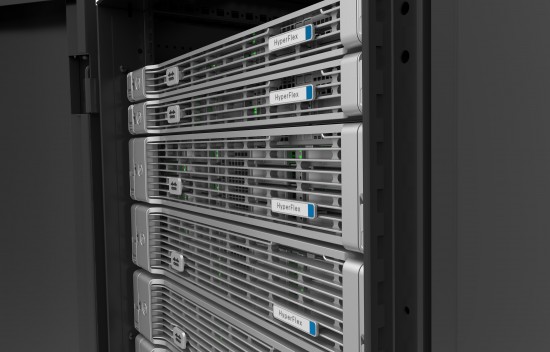 An evolution has occurred in servers, storage, and networking. A decade ago, different vendors provided hardware in each of these functional areas and integration could be a challenge. Vendors began to address these silos by creating converged infrastructures which involved validated interoperability and defined implementation guides. The vendors began working together to resolve problems and most of the finger-pointing from the past was replaced with a degree of cooperation. Despite this resolve to work more closely together, there were still a variety of challenges with this approach. Firmware upgrades required coordination and could lead to challenges. Despite the validated architectures, multiple vendors were still involved in delivering the solution which meant different management interfaces.
An evolution has occurred in servers, storage, and networking. A decade ago, different vendors provided hardware in each of these functional areas and integration could be a challenge. Vendors began to address these silos by creating converged infrastructures which involved validated interoperability and defined implementation guides. The vendors began working together to resolve problems and most of the finger-pointing from the past was replaced with a degree of cooperation. Despite this resolve to work more closely together, there were still a variety of challenges with this approach. Firmware upgrades required coordination and could lead to challenges. Despite the validated architectures, multiple vendors were still involved in delivering the solution which meant different management interfaces.

